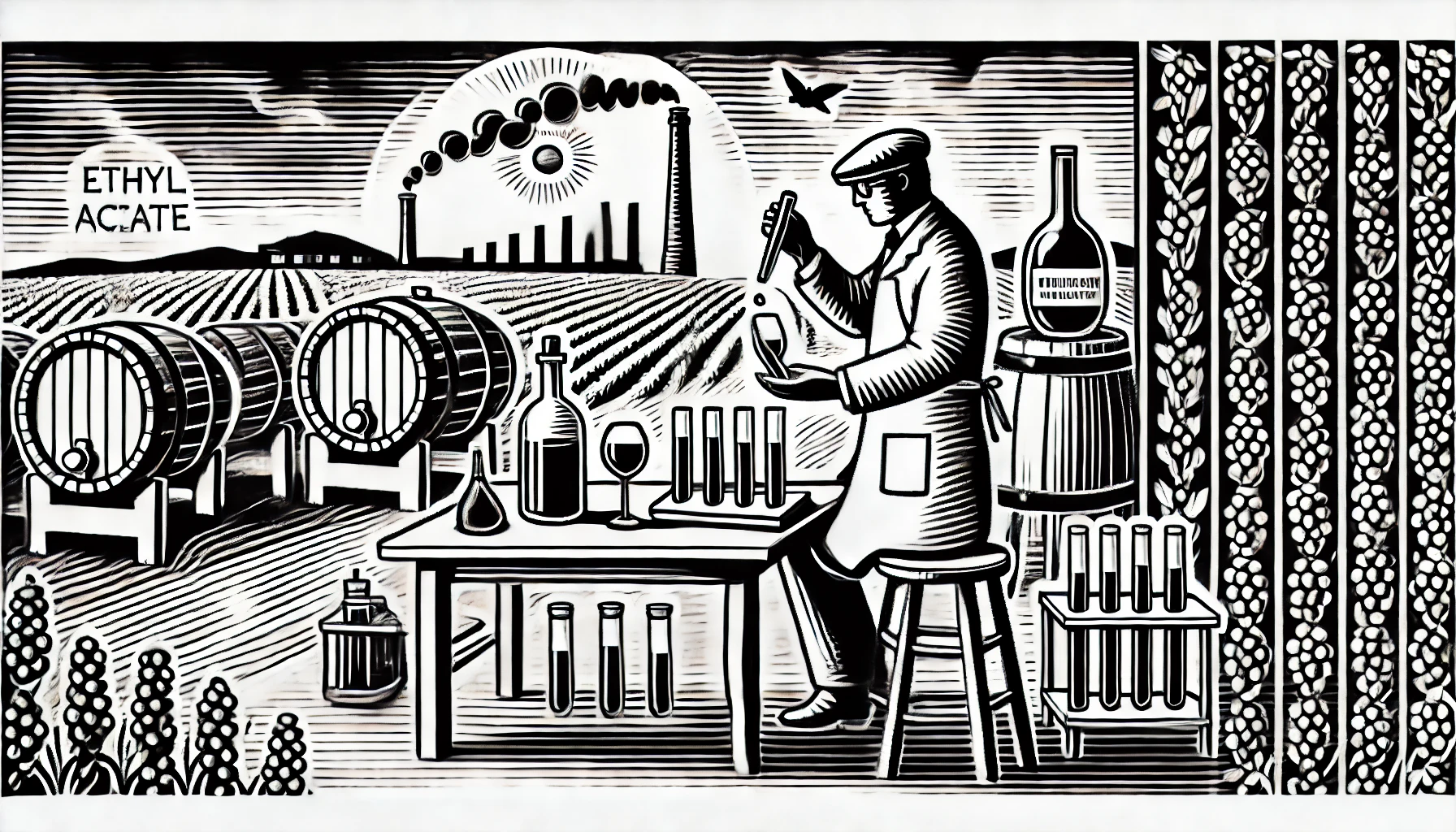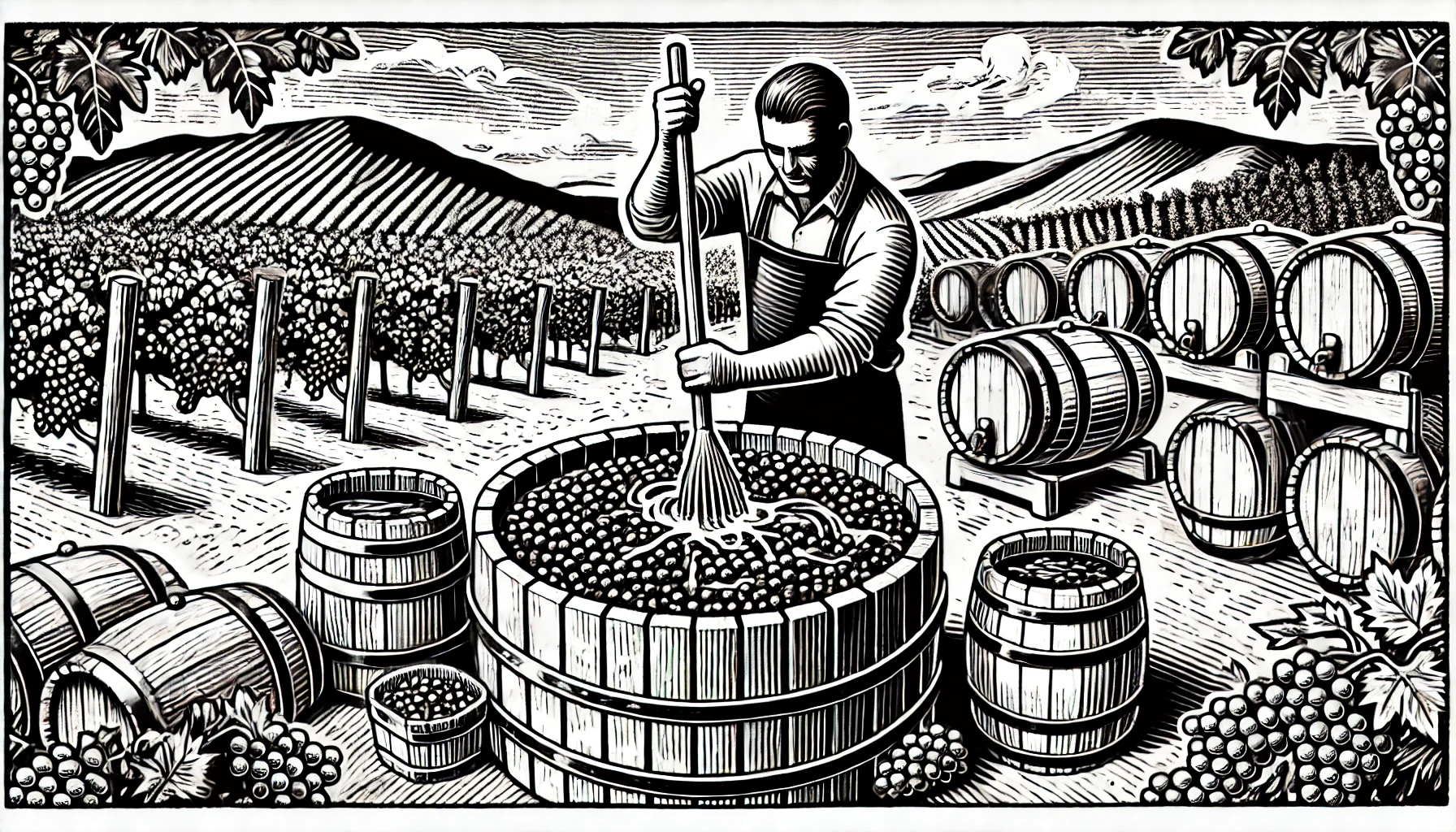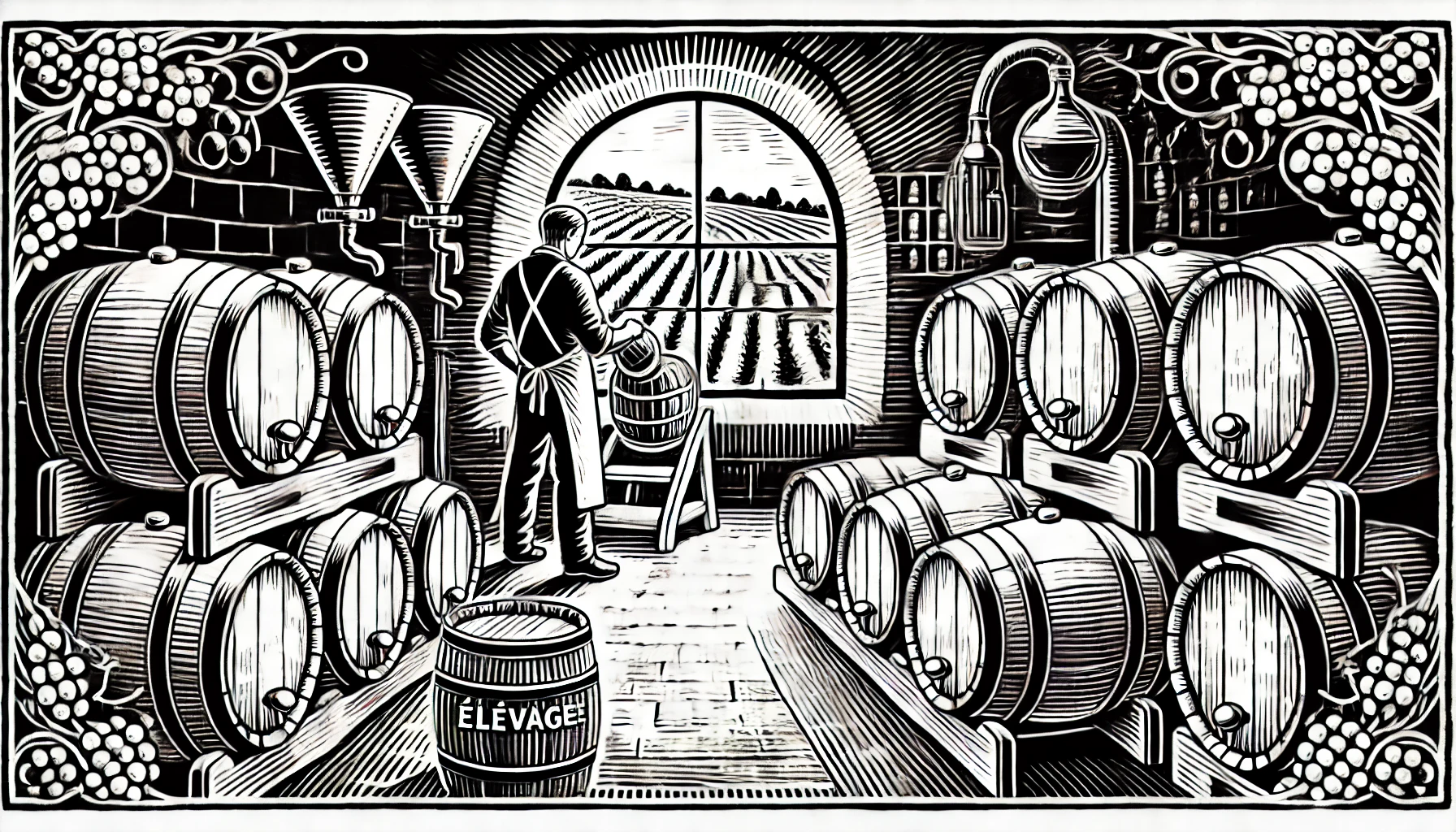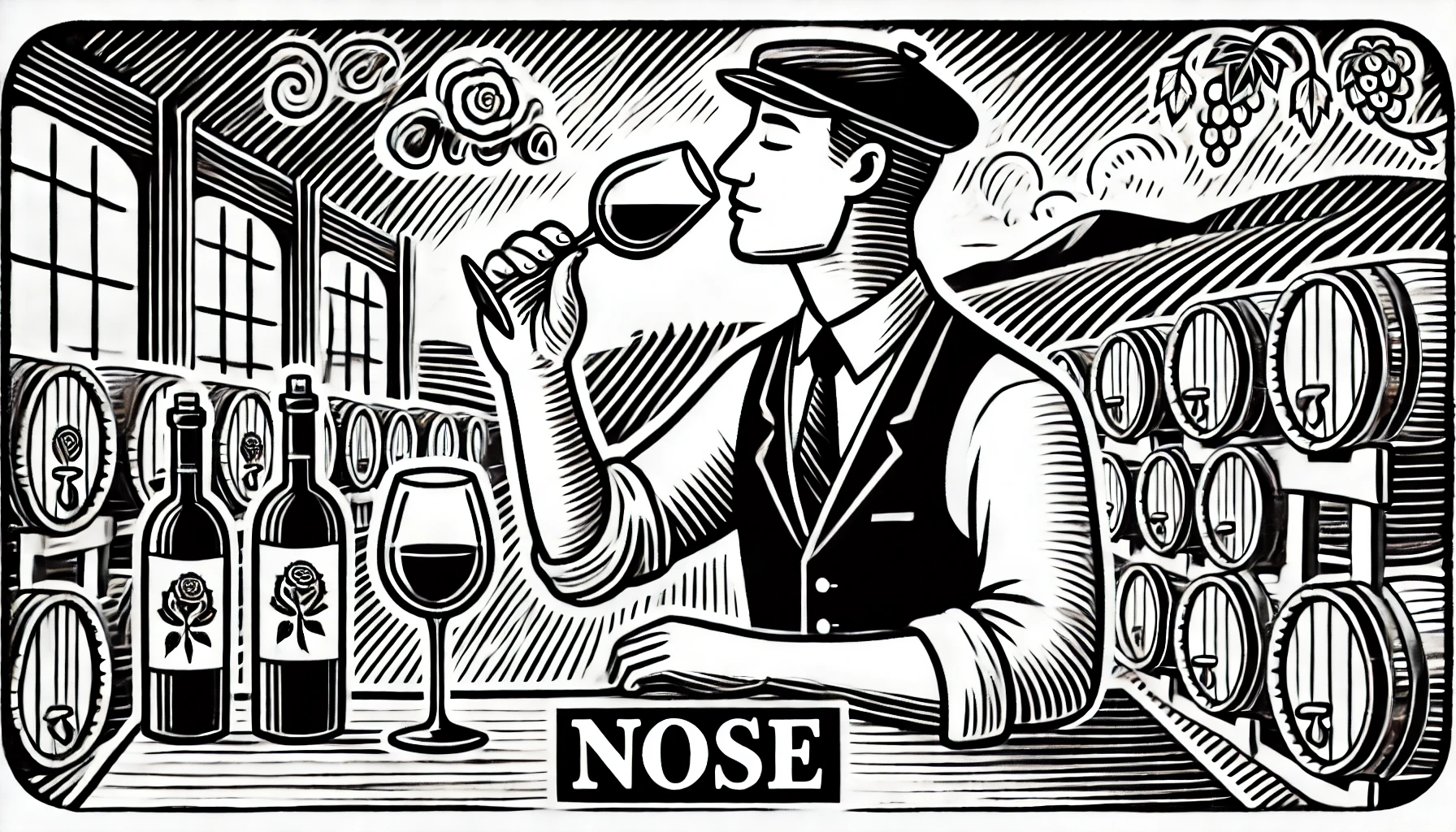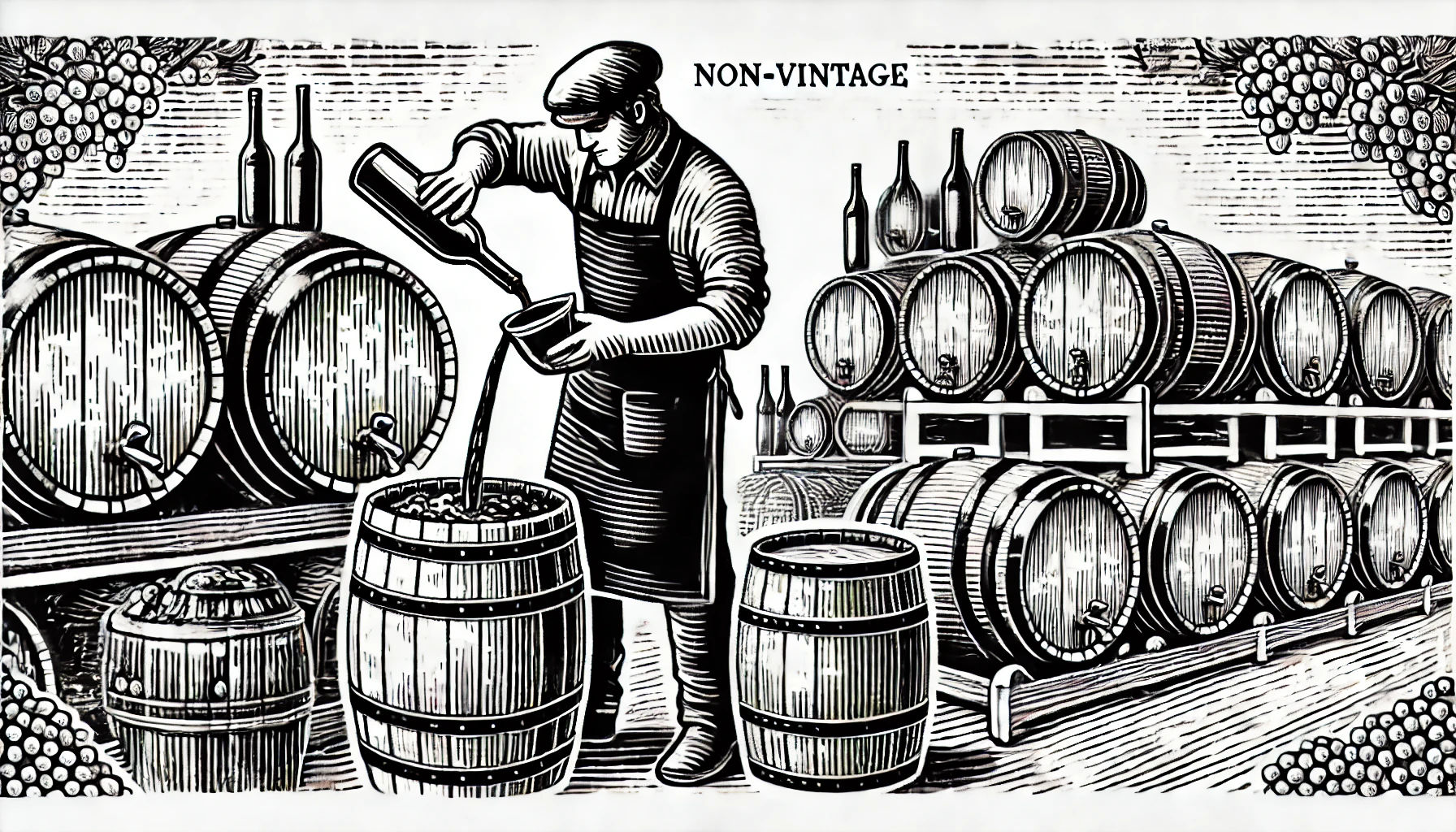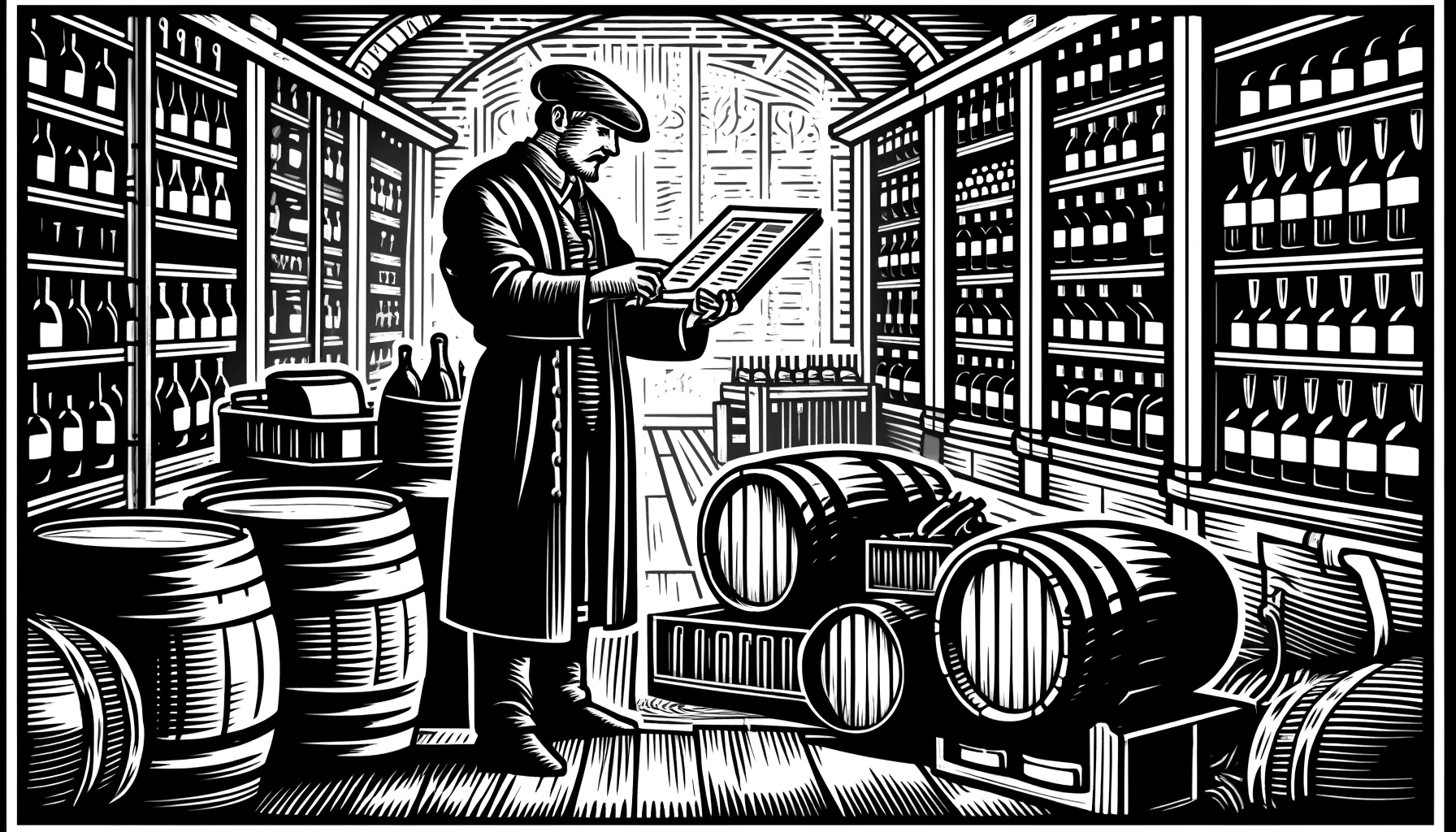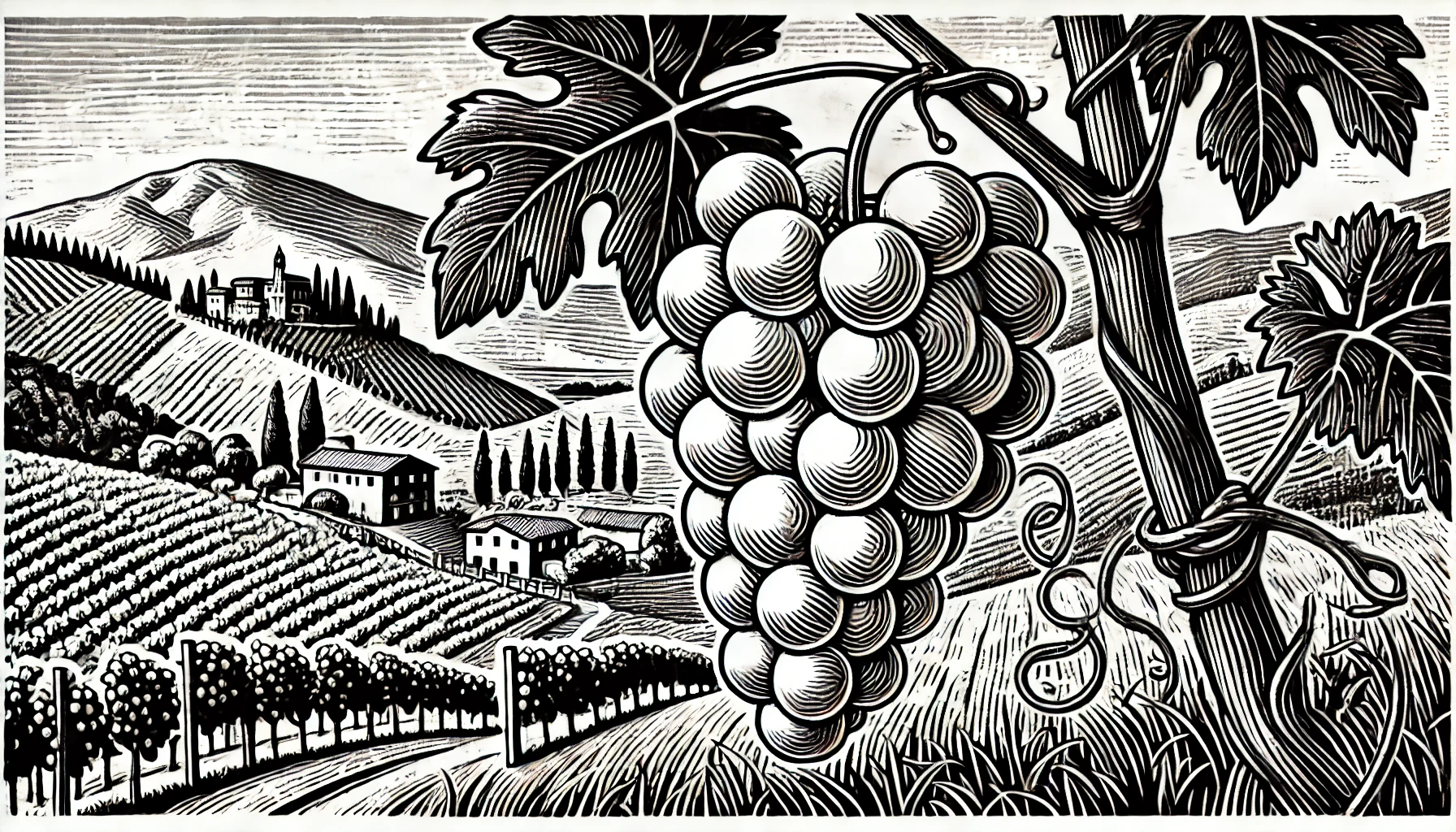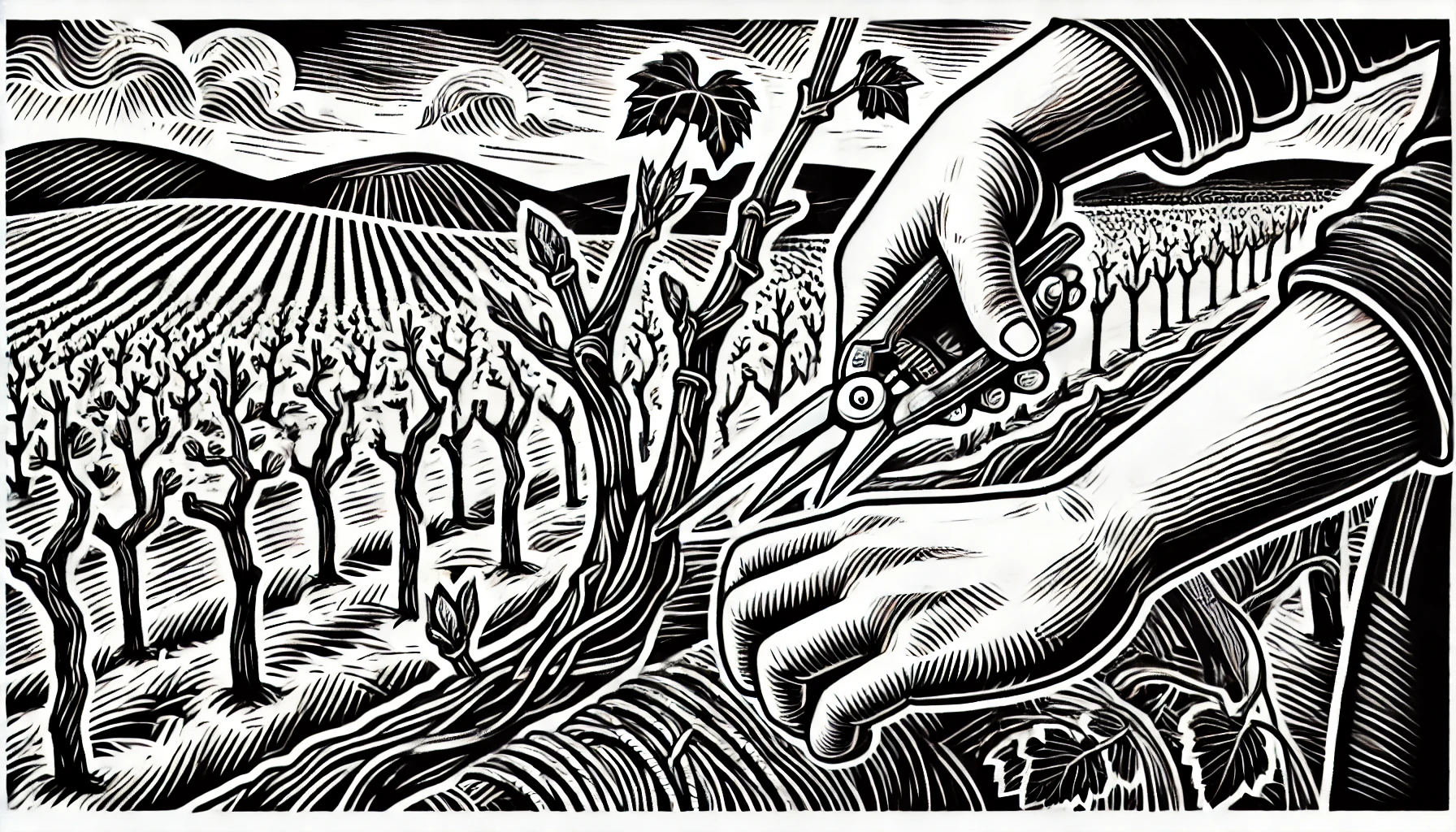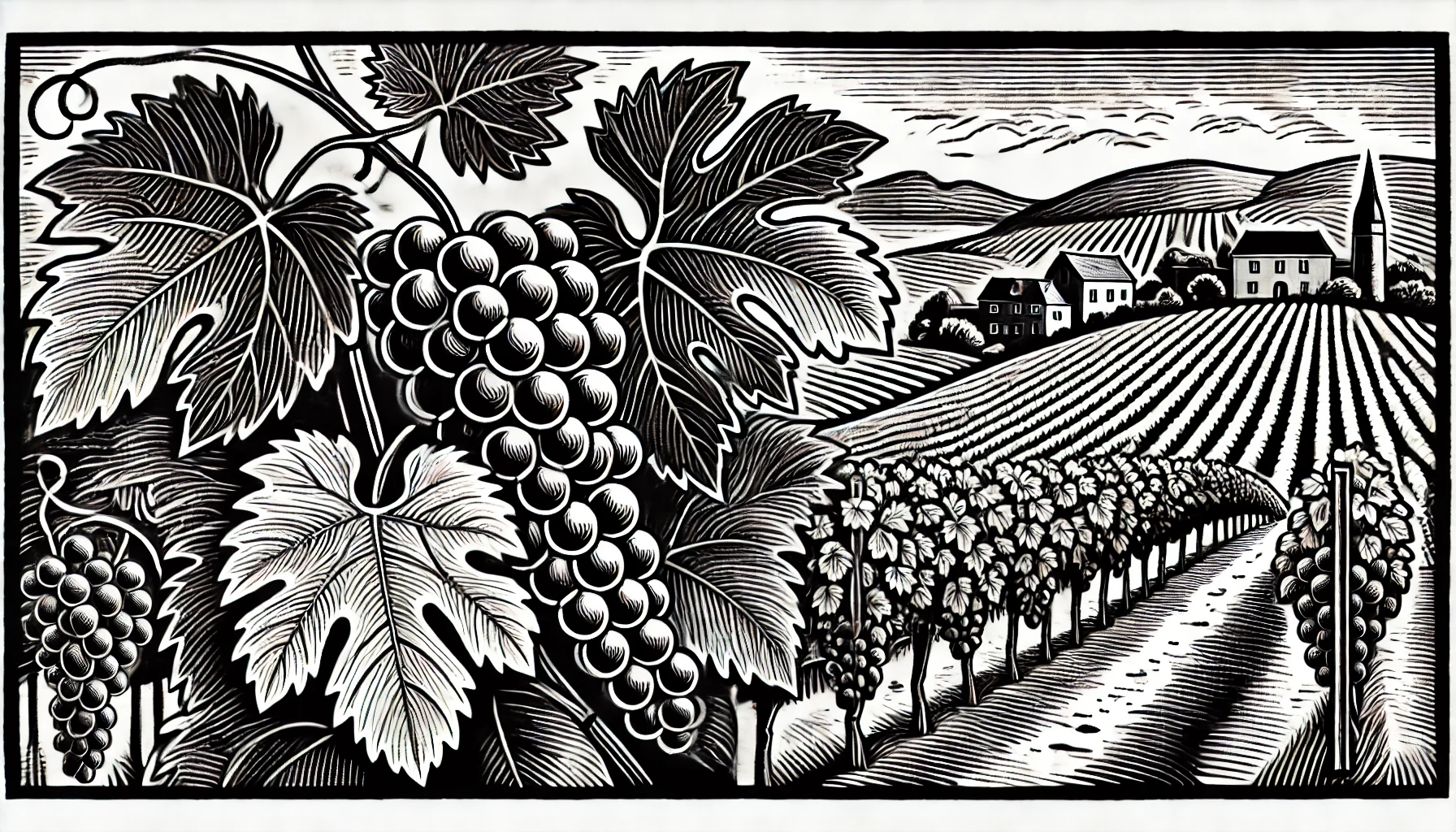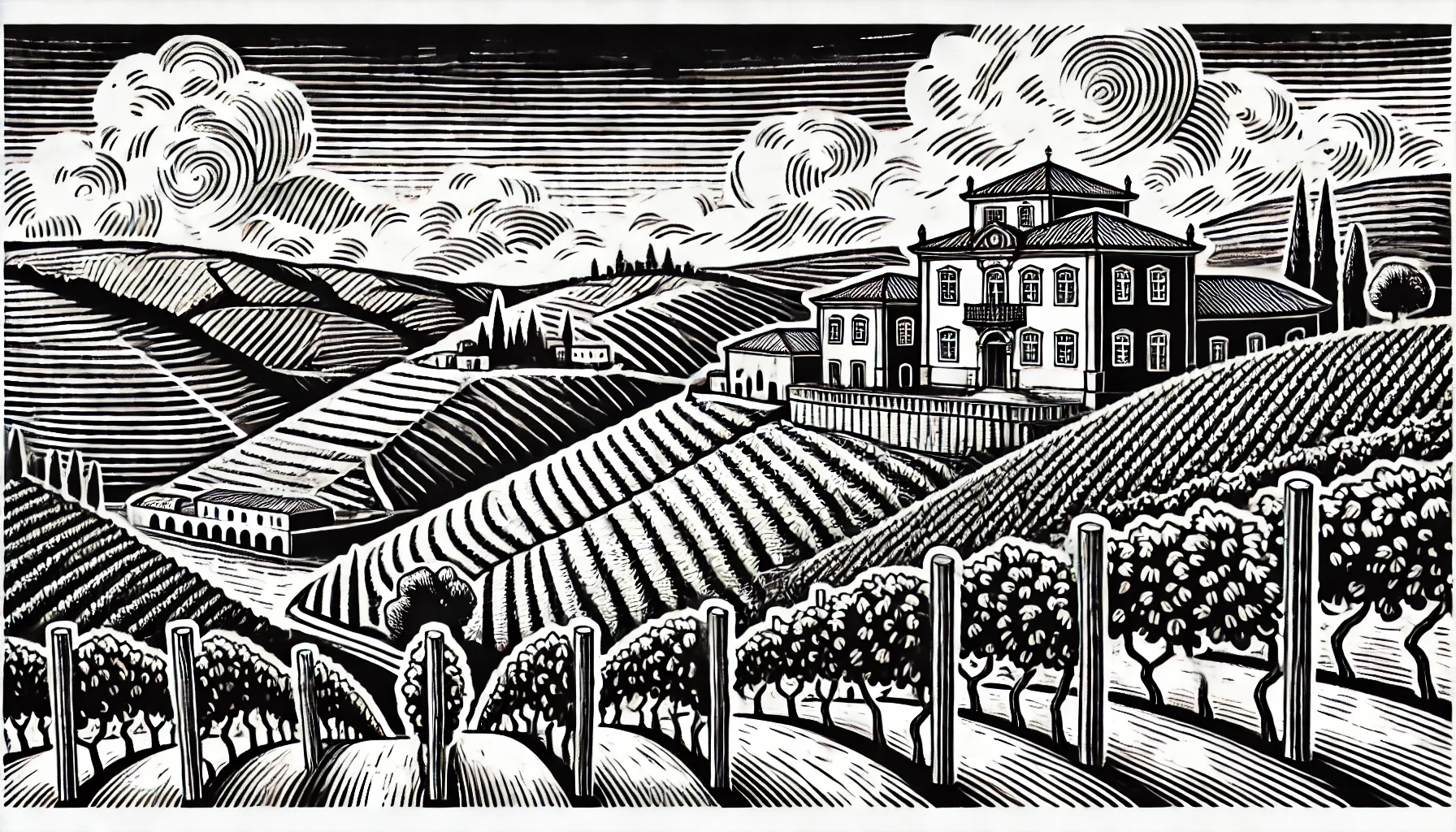
In Portugal, the term Quinta refers to a vineyard estate, particularly in the Douro Valley, where it is most closely associated with the production of Port wine. Quintas are generally family-owned properties that cultivate grapes for wine production and, in some cases, make the wine on-site. The name Quinta often appears on wine labels to indicate the specific vineyard from which the grapes were sourced.
In the Douro Valley, many of the most prestigious Quintas have been in operation for centuries, and they are recognized for producing some of the world’s best Port wines. These estates often occupy prime vineyard sites with steep slopes and unique microclimates that contribute to the high quality of the wine. Quinta wines can range from Ports to still table wines, depending on the grapes grown and the winemaking techniques employed.
Outside of the Douro, the term Quinta is used more broadly across Portugal to refer to vineyard estates, particularly in regions like Alentejo and Dão. Whether producing Port or other types of wine, Quintas are seen as symbols of tradition and heritage in Portuguese winemaking, with each estate bringing its own unique terroir and expertise to the bottle.
Curious about more wine terms and insights? Visit our Wine Wiki section and explore the basic wine terms for expert definitions and tips!
